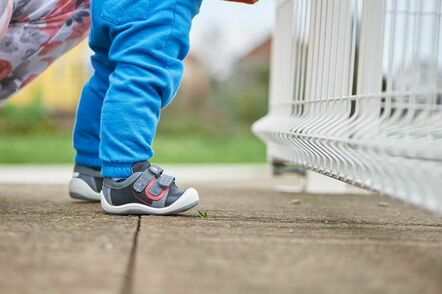 Research shows that a child’s first three years are the most important time for learning. Assistance through programs such as Early Steps helps children proceed on the right path as they learn and develop. Early Steps is a statewide system of early intervention services for families with infants and toddlers who are not reaching age-appropriate milestones. With a focus on helping children reach their full potential in how they live, learn and play, Early Steps providers teach parents and other caregivers ways to improve child development through everyday routines. Locally through Easterseals Northeast Central Florida, Early Steps North Beaches is helping little ones develop and learn to their highest potential. "At North Beaches Early Steps, our top priority is to help each and every child meet their individual developmental milestones," said Program Director Stephanie Ellis-Clark. "We understand that all children are special and that there is no comparison as to when a child will meet that milestone. Our focus is to make sure that we celebrate with them, every step of the way!" In honor of national Easterseals 100th anniversary this year, Ellis-Clark offers 100 typical developmental milestones for children ages two months to three years based on CDC research, listed below. More information about Early Steps North Beaches can be found on the Easterseals Northeast Central Florida website. 100 Typical Developmental Milestones 2 months old
Source: https://www.cdc.gov/ncbddd/actearly/pdf/checklists/all_checklists.pdf Comments are closed.
|
Details
Archives
May 2024
Categories
All
|

 RSS Feed
RSS Feed